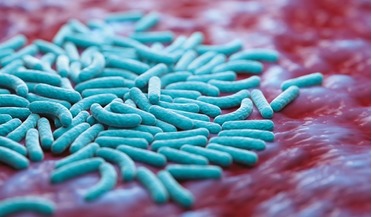 February 2020
Surviving bacteria in space
February 2020
Surviving bacteria in space
... in space - where health services and technical support are very limited. In the case of astronauts, living in microgravity and being exposed to cosmic radiations causes many physiological disturbances including the dysregulation of the immune system...
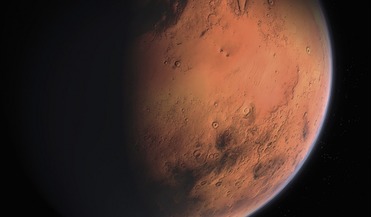 May 2021
In-situ propellant design for Mars ascent vehicles
May 2021
In-situ propellant design for Mars ascent vehicles
... International Space Station (ISS). Various experiments have been conducted onboard the ISS to understand the effects of microgravity, such as flame formation, bacteria/plant growth and astronaut biology, while cargo transfer to the ISS can...
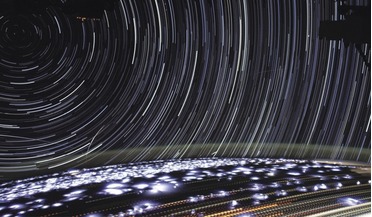 June 2021
How time perception as a spaceflight stress indicator
June 2021
How time perception as a spaceflight stress indicator
... to keep up with the schedule. This may be due not only to physiological and psychological stress but also to microgravity conditions when the body’s ability to perceive its own position in space (proprioception) is altered and it is quite difficult...
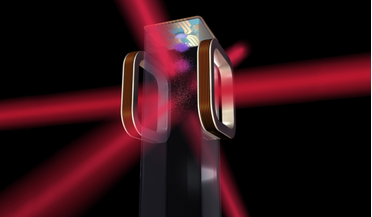 June 2021
The coolest experiment on the ISS
June 2021
The coolest experiment on the ISS
...’s research. The Cold Atom Laboratory is a facility on the International Space Station (ISS) which utilises the unique microgravity environment in space. In July 2018, scientists used the lab to produce Bose-Einstein condensate in orbit for the...
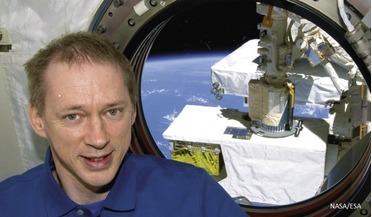 January 2022
International cooperation - the key to survival on Earth and in space
January 2022
International cooperation - the key to survival on Earth and in space
... 23 experiments in life and physical sciences, some using Europe’s Microgravity Science Glovebox. As part of Expedition 21, in 2009, Frank ...for astronauts who would have to work in the microgravity environment for the long term. The most promising are...
 May 2024
Beyond Earth’s magnetic field
May 2024
Beyond Earth’s magnetic field
... present and will remain in the future. They are closely related to the complex impact of extreme factors: microgravity conditions, radiation risks, working in isolation without the possibility of an emergency return to Earth, and other factors...